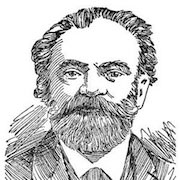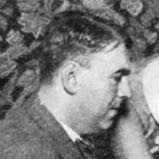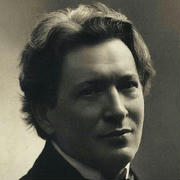Alois Hába (21 June 1893 – 18 November 1973) was a Czech composer, music theorist and teacher. He belongs to the important discoverers in modern classical music, and major composers of microtonal music, especially using the quarter-tone scale, though he used others such as sixth-tones (e.g., in the 5th, 10th and 11th String Quartets), fifth-tones (Sixteenth String Quartet), and twelfth-tones. From the other mictrotonal conceptions, he discussed a "three-quarter tone" system (see three-quarter tone flat and the neutral second) in his theoretical works but he used scales in this tuning in sections of some of his compositions. In his prolific career, Hába composed three operas, an enormous collection of chamber music including 16 string quartets, piano, organ and choral pieces, some orchestral works and songs. He also had special keyboard and woodwind instruments constructed that were capable of playing quarter-tone scales.





































